- News
- Reviews
- Bikes
- Components
- Bar tape & grips
- Bottom brackets
- Brake & gear cables
- Brake & STI levers
- Brake pads & spares
- Brakes
- Cassettes & freewheels
- Chains
- Chainsets & chainrings
- Derailleurs - front
- Derailleurs - rear
- Forks
- Gear levers & shifters
- Groupsets
- Handlebars & extensions
- Headsets
- Hubs
- Inner tubes
- Pedals
- Quick releases & skewers
- Saddles
- Seatposts
- Stems
- Wheels
- Tyres
- Tubeless valves
- Accessories
- Accessories - misc
- Computer mounts
- Bags
- Bar ends
- Bike bags & cases
- Bottle cages
- Bottles
- Cameras
- Car racks
- Child seats
- Computers
- Glasses
- GPS units
- Helmets
- Lights - front
- Lights - rear
- Lights - sets
- Locks
- Mirrors
- Mudguards
- Racks
- Pumps & CO2 inflators
- Puncture kits
- Reflectives
- Smart watches
- Stands and racks
- Trailers
- Clothing
- Health, fitness and nutrition
- Tools and workshop
- Miscellaneous
- Buyers Guides
- Features
- Forum
- Recommends
- Podcast
feature
 7 reasons why you should get electronic shifting May 2022
7 reasons why you should get electronic shifting May 20227 reasons why you should get electronic shifting
Shimano, Campagnolo and SRAM have all offered electronic shifting for several years, FSA has joined them, and SRAM has updated its eTap system to 12-speed and launched a less expensive Force eTap. With complete electronic-shift bikes costing from around £2,400, should you be thinking about making the move?
Let's take a look at the advantages.
Check out our Shimano Dura-Ace R9150 Di2 review here
Improved shifts
How much more precise than mechanical shifts can electronic shifts be? Well, with a mechanical system, if you push the lever to move from one chainring to the other the front mech performs the same every time. With an electronic system the front mech acts slightly differently depending on the sprocket you’re in at the time.
Take SRAM’s eTap system. When you move from the small chainring to the big chainring, the cage overshifts slightly to help the chain make the jump. Then a fraction of a second later, once the chain is up there, the cage moves back inboard to its standard position.
When you’re shifting from the big chainring to the small chainring, the cage moves inboard in two stages. First, it shifts just enough to move the chain down. Then a fraction of a second later, once the chain is down on the inner ring, it moves a little further across. Doing things this way avoids the possibility of the chain coming off the inside of the small chainring.
The extent to which these two things happen depends on the sprocket that you’re in at the time. Say you have the chain on the small chainring and one of the larger sprockets and you want to change to the large chainring. The rear mech lets the front mech know that it needs to overshift more than it would if the chain was further outboard on one of the smaller sprockets.
The bottom line is that you get excellent shifting even under load.
Read our SRAM Force eTap AXS Wide groupset review
"Dura-Ace or Ultegra Di2 electronic gear shifting moves the chain exactly where it needs to be through a programmed front or rear derailleur position," says Shimano.
"The science behind it is truly incredible and also programmable to your specific shifting preference [see below]. You make a command and the system responds accurately every time. In a race situation the reliability and the confidence it inspires can mean the difference between making a break or not."
Quicker shifting
If you want to shift right across the cassette with a mechanical shift system, you need to press the lever more than once (different systems require different numbers of presses). With electronic systems you can shift from one side of the cassette to the other when you press and hold the lever in. It’s just a little bit easier.
Campagnolo claims that, “[EPS rear derailleur] shift times are now 25% faster that than the mechanical rear derailleur (taking just 0.352 seconds to swap sprockets)”.
Check out our reviews of Shimano Ultegra Di2.
You can customise the shifting
With Shimano Di2 and SRAM AXS eTap you can customise the shifting speed and the number of gears the system will shift when you press and hold the lever. You can also swap the functions of the upshift lever and the downshift lever, and even the functions of the left lever and the right lever. SRAM's first Red eTap system didn't have the ability to customise the shifting, but the two new AXS 12-speed groups can be customised via a smartphone app.
Campagnolo's MyCampy app allows you to customise shifter function in an EPS system.
No chain rub
Once a Shimano Di2 or Campagnolo EPS system is set up correctly, no matter what sprocket you are in you never need to adjust the position of the front mech to prevent the chain rubbing on the front mech’s side plates because it is done automatically.
After you shift the rear derailleur you’ll sometimes hear a whirr as the front mech moves slightly to take account of the chain’s new position, the idea being to improve efficiency and reduce wear.
SRAM says this isn’t necessary with its eTap system because there’s no danger of chainrub no matter which chainring/sprocket combo you’re using.
Read our SRAM Red eTap First Ride.
Simple operation
Changing gear with an electronic system requires a far shorter lever movement than with the mechanical equivalents. You’re really just pressing a button, never needing to sweep a lever across.
Moving the levers on a mechanical system is hardly the trickiest operation in the world, but it can be a bit of a reach if you want to shift across the entire range available to you. Things are just a little simpler with electronic systems.
With SRAM’s eTap system the lever on one shifter performs upshifts, the lever on the other shifter performs downshifts, and you push them both at the same time to shift between chainrings. It’s a really simple system to use, even if you’re wearing big gloves or mittens in cold weather.
Multiple shift position options
On a road bike with Shimano or SRAM electronic shifting you usually change gear via the combined brake and gear shifters, a lot like you would with a mechanical system, but you can add satellite shifters elsewhere on your handlebar to make it slightly easier to change gear in certain situations, especially when racing.

Shimano offers its Climbing Shifter that you can fix to the top section of your handlebar.
It also has a Sprinter Shifter that you can fit to the drops.
SRAM’s eTap system has satellite shifters called Blips that you can position anywhere on the handlebar, and now there's a wireless version too.
You can change gear on a time trial bike while out of the saddle
If you’re riding a time trial/triathlon bike with mechanical shifting, the shift levers will be positioned at the front of the aero extensions where they’re easy to access when you’re in your aero position. That means you can’t change gear when you’re riding out of the saddle with your hands on the base bar.

With an electronic system, you can have shifters on the aero extensions and on the base bar, so it’s easy to change gear if you’re out of the saddle when climbing or coming out of a tight corner.
Read our Campagnolo EPS First Ride from way back when it was first launched.
There’s minimal maintenance
With an electronic system there’s very little routine maintenance and you’ll never need to replace a cable. Little, if any, tuning is required after the initial set-up.
Even that initial setup is very easy with SRAM’s eTap system. It’s wireless so there’s no need to route cables through your frame.
Mechanical shifting has been working fine for many, many years and it will continue to do so, and it’s considerably cheaper than an electronic setup. If you don’t find the benefits we’ve listed above compelling enough to convince you to change to electronic, no component manufacturer is going to stop offering mechanical shifting any time soon.
One of the most frequent objections to going electronic is the possibility of running out of charge mid-ride. That’s unlikely to happen unless you really don’t concentrate. You’ll get hundreds of miles between charges on every electronic shift system, and plenty of warning that you’re low on juice.
Even if the battery does go flat, you can manually put the chain into the gear you want and ride home singlespeed.
Of course, you don’t need to make the switch to electronic shifting.
"You can also get precise, fast and accurate shifting from Dura-Ace, Ultegra or 105 mechanical gears," says Shimano. "In this sense, as well as making a command – ie pushing the lever – you also operate the system by pulling or releasing a cable.
"There's a certain art to setting up your drivetrain manually to get this level of efficiency. A lot of riders prefer to know how to operate every individual component within their drivetrain, which is easier with a mechanical system.
"With each type of shifting having its merits, the question is whether you want to command your drive train through the push of a button, or to physically operate it using a lever. Perhaps the answer is to have both depending on the particulars of your ride."
Most people we know who have tried electronic shifting for a significant period of time want to stick with it, but the choice is yours.
Mat has been in cycling media since 1996, on titles including BikeRadar, Total Bike, Total Mountain Bike, What Mountain Bike and Mountain Biking UK, and he has been editor of 220 Triathlon and Cycling Plus. Mat has been road.cc technical editor for over a decade, testing bikes, fettling the latest kit, and trying out the most up-to-the-minute clothing. He has won his category in Ironman UK 70.3 and finished on the podium in both marathons he has run. Mat is a Cambridge graduate who did a post-grad in magazine journalism, and he is a winner of the Cycling Media Award for Specialist Online Writer. Now over 50, he's riding road and gravel bikes most days for fun and fitness rather than training for competitions.
Latest Comments
- mike the bike 2 sec ago
I've had a few Lezyne bits and bobs over the years and while it's true I've never bothered to return anything under warranty, I've had a couple of...
- mark1a 9 min 32 sec ago
There's a transition period. For the benefit in kind (BIK) tax to the employee, it will be treated as a goods vehicle as it is now (rather than a...
- hawkinspeter 11 min 24 sec ago
Parents say East Bristol Liveable Neighbourhood makes roads '100 times safer' for children:...
- mdavidford 11 min 39 sec ago
Presumably looking for it to get down to a hummingbird's heels?
- mdavidford 17 min 25 sec ago
Isn't basically all carbon recycled? From stars?
- velodinho 1 hour 33 min ago
As witnessed at so many infrastructure improvement projects similar to this one, all those who object should ignore the consultation and pray at...
- Nagai74 3 hours 21 min ago
It's a DLO to those in the trade.
- Tom_77 4 hours 52 sec ago
Cars keep getting wider and wider, but it's those damn cyclists with their wide handlebars that are the real problem. ref
- David9694 8 hours 56 min ago
Motorist Mike demands 40p back after overcharged on new £11m 'prison' car park...
- PRSboy 22 hours 1 min ago
I have two aero bikes- an Argon18 Nitrogen and an Orro Venturi. I love the way they feel on the road. I also like the style of the deeper section...
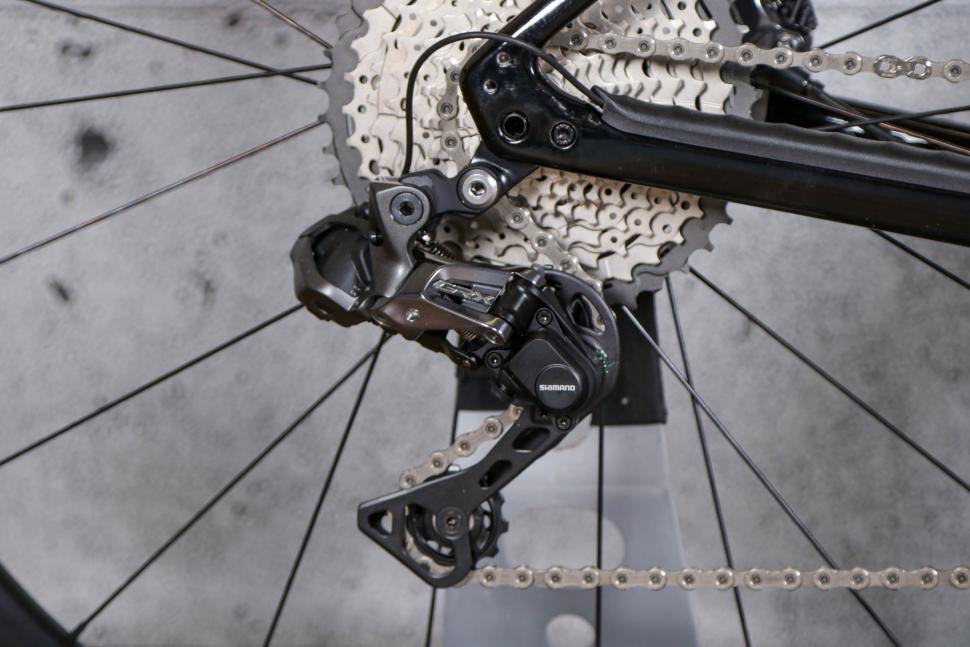
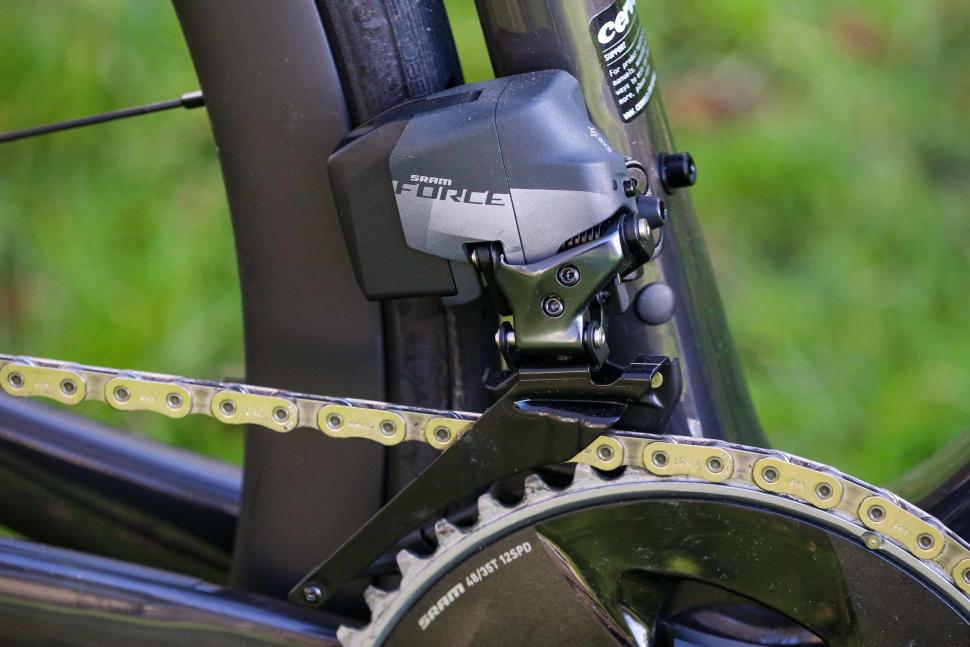

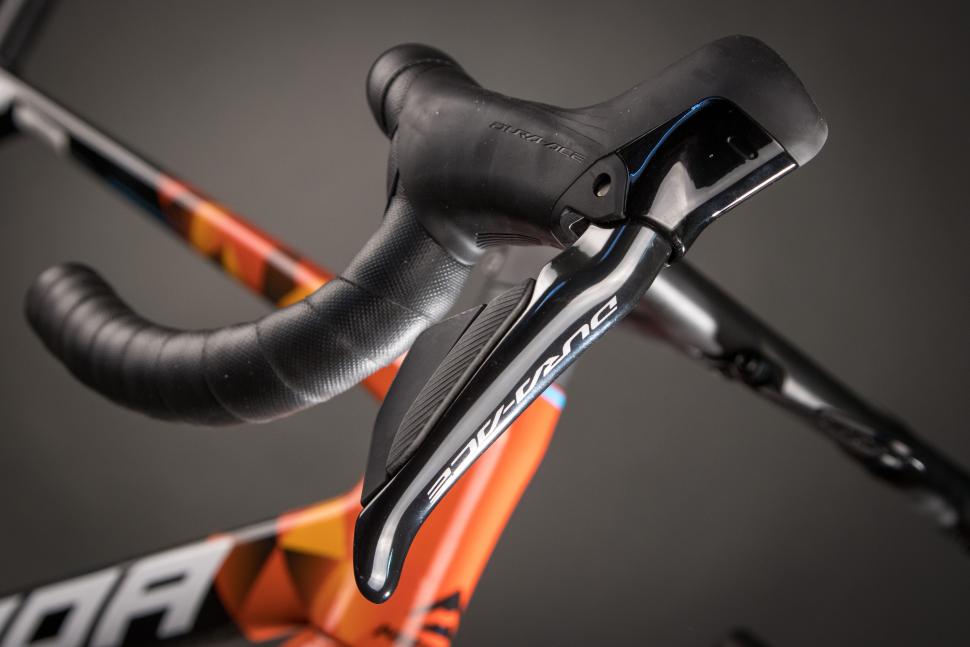

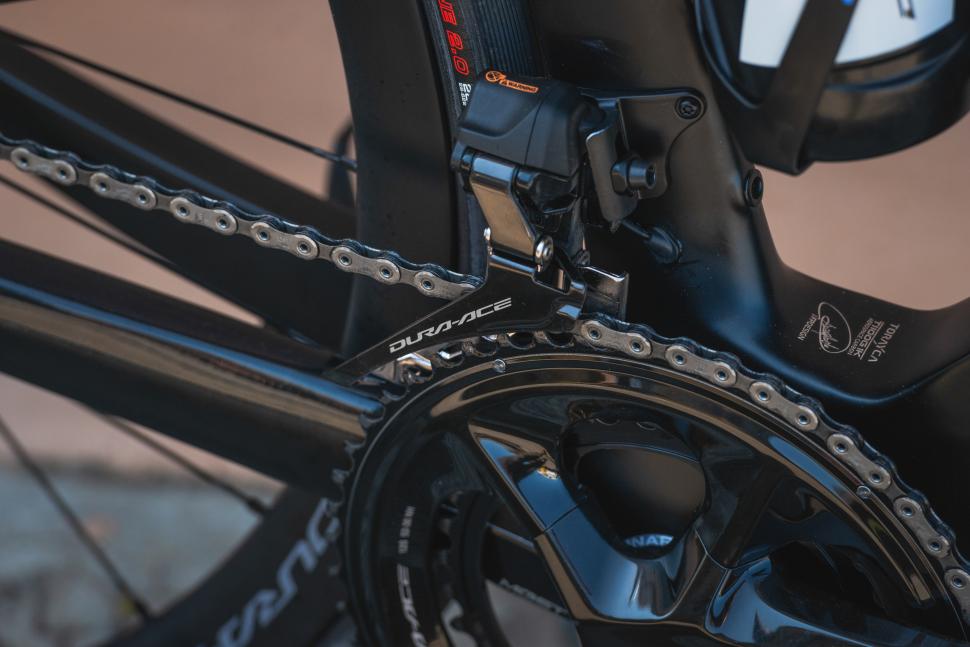
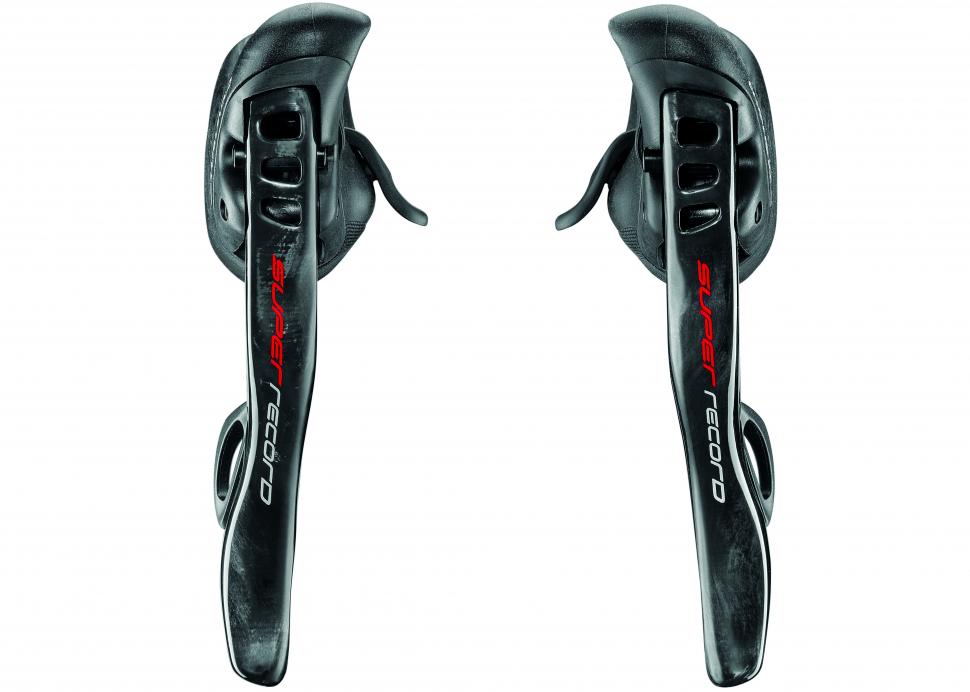

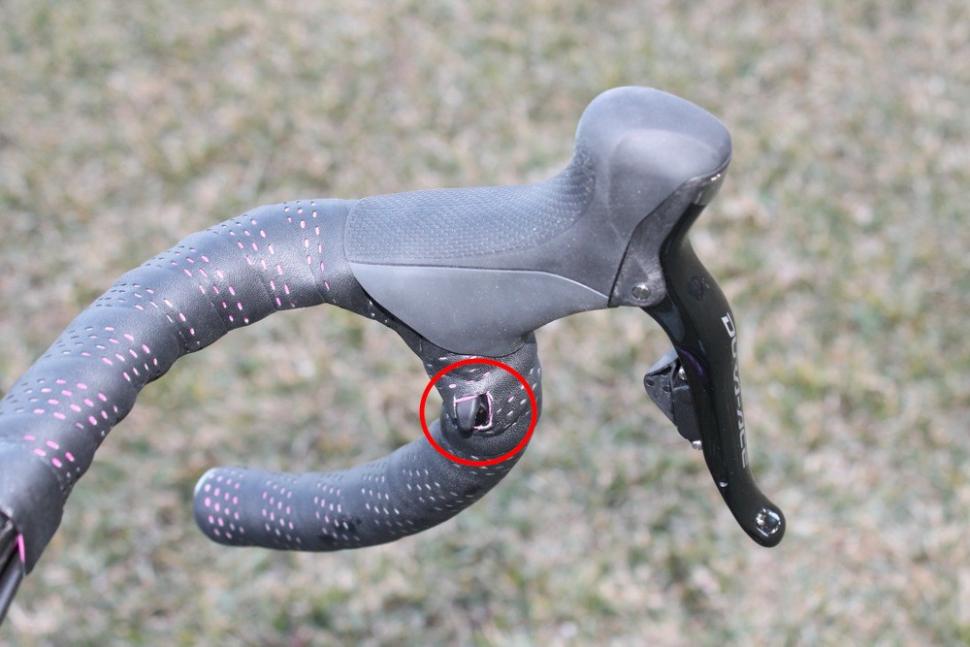
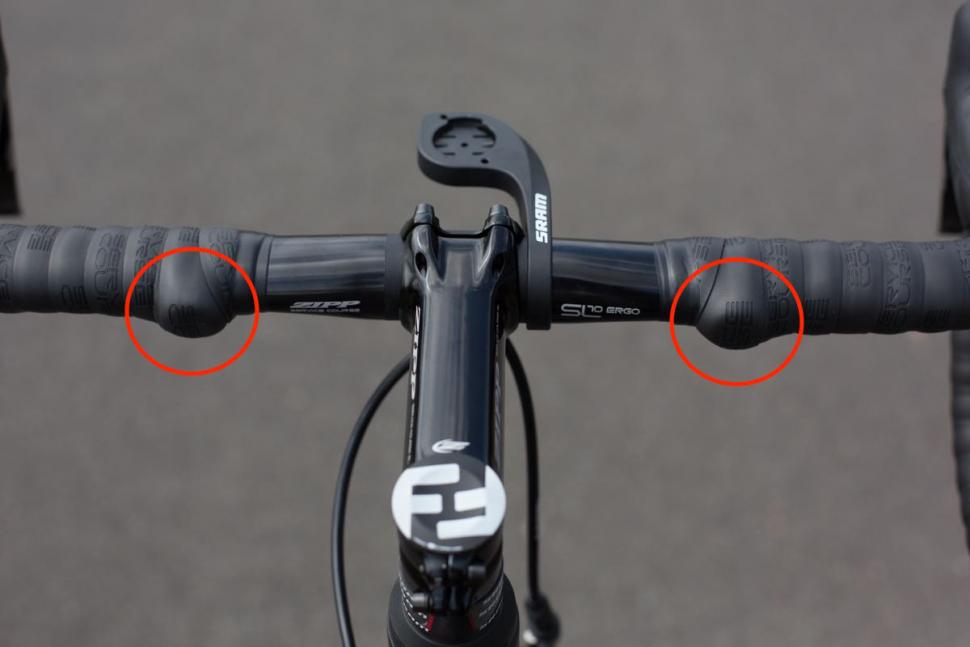

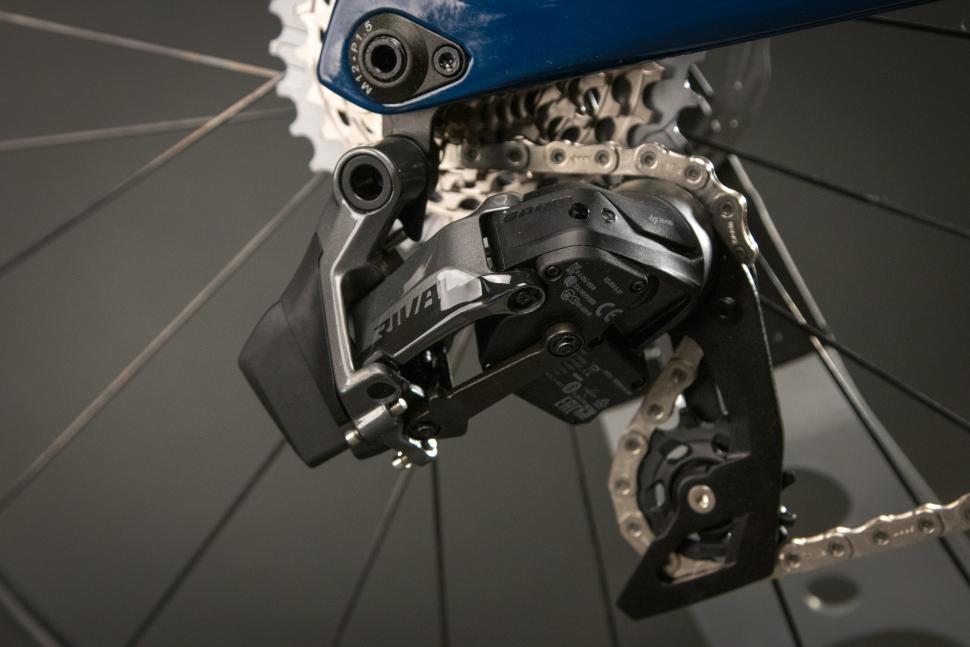
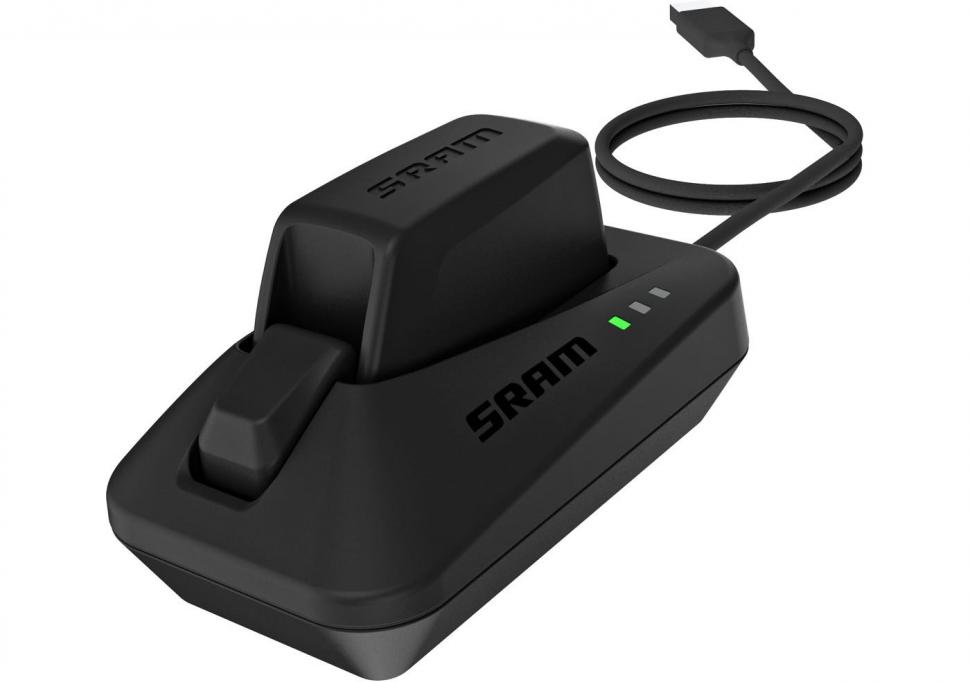
Add new comment
129 comments
How long before we get 'force feedback' in the levers like in a playstation* controller?
*other video game controllers are available
Far easier to do the setup for a home mechanic than on a mechanical system - particularly the front mech.
The only downside for me is the aesthetics of an external cabled system. If you have an internal routed frame fair enough but then if anything goes wrong its likely to be a bottom bracket out job, not a roadside fix.
Looks like SRAM Wireless will fix both these issues, it just needs the option for a bigger cassette as currently it maxes out at a 28 cog. Have grown to love the 32 I have on my Ultegra Di2 install. That's probably the only thing stopping me from switching to SRAM once its released.
Agree that wireless is the future. In the same way that concealed cables quickly became the norm. Give it a few years and all the wired systems will look horribly dated and Shimano/Campag will make a shedload in selling their new wireless ranges.
Funny that on the tour this year every team was running Shimano Di2...
I wouldn't be surprised if SRAM don't drop the eTap system at some point.
Funny that on the tour this year every team was running Shimano Di2...
I wouldn't be surprised if SRAM don't drop the eTap system at some point.
My Giant Defy Advanced 3 rattles like a fucker when I'm on it. The shop says it's the cables that go into the down tube just behind the fork. But they seem powerless to stop it.
Wireless should be less than £1k. From Wiggle if you have platinum. January apparently.
That's assuming you only buy the shifters and mechs etc.
If I ever get to switch it's going to be wireless. But at £2k+ right now for the only available wireless one (at least until FSA finish theirs, though that looks like it's 'semi wireless') there are just too many other things with bigger advantages I could get for the cash, esp as I'm not exactly striving to be a pro or anything
I've used them once and I was instantly converted.
Once I can afford it my next bike will be Di2 (Genesis Datum).
Pages